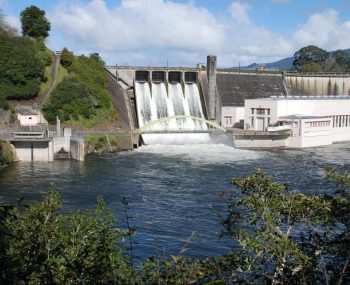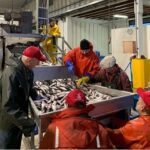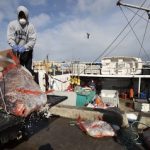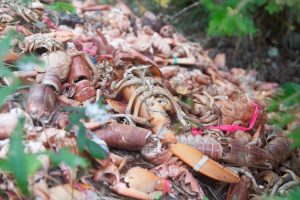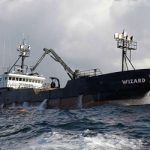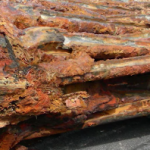Daily Archives: August 26, 2019

Lobstermen at NOAA meeting oppose new fishing regulations
The Ellsworth High School auditorium was packed during one of a series of meetings held near fishing communities in Maine. The crowd was made up of conservationists, scientists and politicians, but mostly fishermen. U.S. Sen. Angus King, I-Maine, and State Rep. Genevieve McDonald, D-Deer Isle, attended the event, while Sen. Susan Collins, R-Maine, and U.S. Rep. Jared Golden, D-2nd Dist., sent staff representatives.,, NOAA research indicates that large vessel strikes are the predominant cause of whale deaths.“If you would just give us a chance to prove our innocence,” one person said. >click to read< 20:11
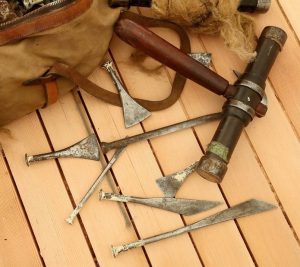
As historic Jensen boatyard shuts down, former employees keep boatcraft alive in Seattle
When word got out last fall that the Jensen Motor Boat Company on north Lake Union would be shutting down, other boatyards wasted little time in trying to hire the company’s skilled shipwrights, carpenters and other craftspeople. There were offers from outfits in Seattle and in Anacortes. The Port of Port Townsend was ready to supply shop space for the entire crew at Jensen, which had built and repaired wooden boats at its Boat Street for nearly a century. “We were all offered jobs pretty much all up and down the coast,” says Peter Proctor, general manager at Jensen until it formally shut down this month . But Proctor and many of his former colleagues politely declined. >click to read< 17:56
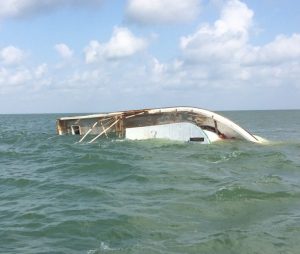
Coast Guard rescues 3 from disabled shrimping vessel taking on water near Matagorda, Texas
The Coast Guard rescued three mariners aboard a disabled vessel taking on water near Matagorda, Texas, Monday morning. Coast Guard Sector/Air Station Corpus Christi watchstanders received a report of a disabled shrimping vessel that was taking on water approximately two miles from the Matagorda jetties. A Station Port O’Connor 45-foot Response Boat-Medium boat crew was launched. The mariners contacted the command center via cellular phone and informed them that they would be abandoning the vessel. >click to read< 14:20
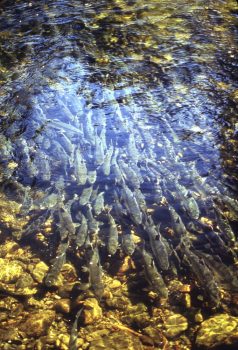
The Associated Press reported erroneously,,, Correction: Alaska-Salmon Hatcheries story
In a story Aug. 11 (Scientists warn of too many pink salmon in North Pacific) >click< about Alaska salmon hatcheries, The Associated Press reported erroneously that Alaska salmon hatcheries release 1.8 billion pink salmon fry annually. Total Alaska hatchery releases of all salmon and rainbow trout in 2018 was 1.8 billion fish, with pink salmon accounting for more than 1.05 billion. A corrected version of the story is below: Pink salmon numbers may threaten other North Pacific species >click to read< 13:47

Decision on the exciting future of Hull’s historic Arctic Corsair to be made within days
The planning application includes the relocation of the vessel, the construction of the visitor centre and proposals to move an existing landmark Scotch Derrick crane to a new location at the site. Under the plans, the crane will also be illuminated at night. A report by council planing officers for the committee says: “The Arctic Corsair is a heritage asset in its own right, featuring on the National Historic Ship’s register,,,”The proposals would see the vessel fully restored, and relocated within a dry berth, thereby removed from a tidal saline environment, ensuring lower maintenance demands and ensuring long-term preservation. Video, photo’s, >click to read< 09:44






